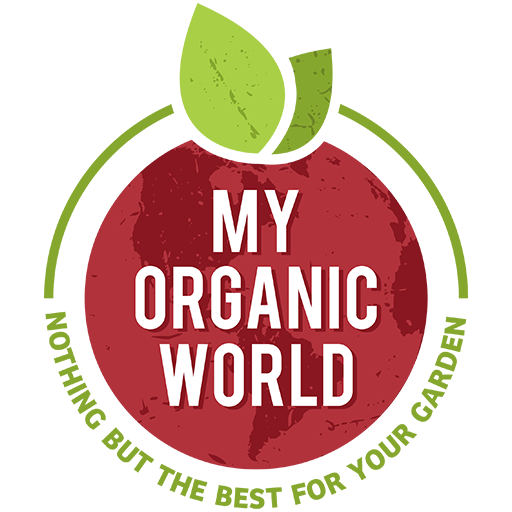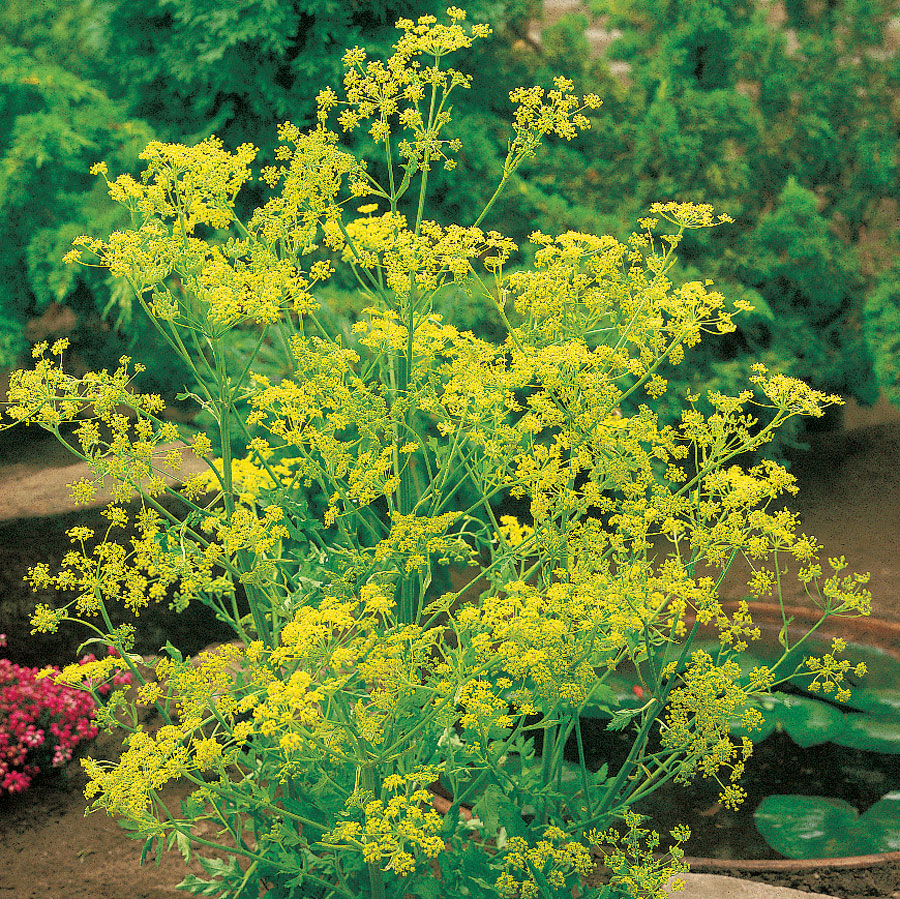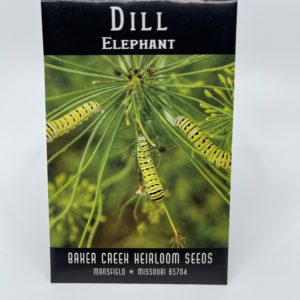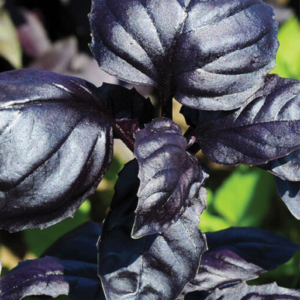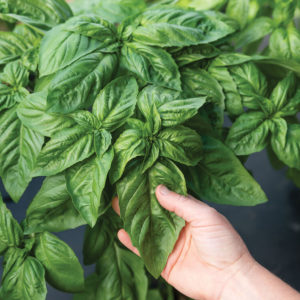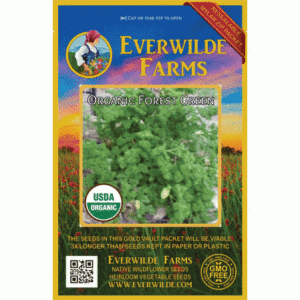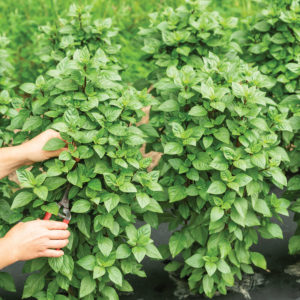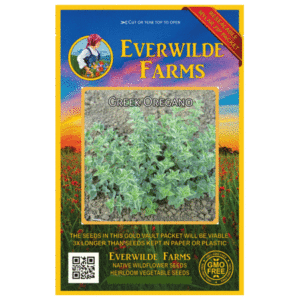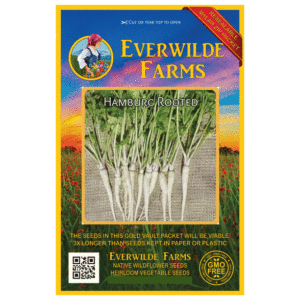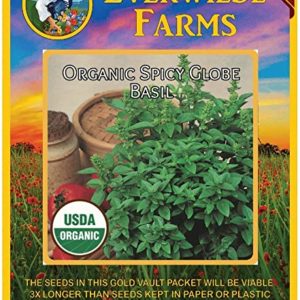شبنت عضوي
1,750 د.ك
Pick the leaves and harvest the seeds!
- Genus: Anethum
- Species: graveolens
- Variety: Organic Bouquet
- Item Form: (P) Pkt of 100 seeds
- Bloom Start to End: Mid Summer
- Days to Maturity: 55
- Habit: Upright
- Seeds Per Pack: 100
- Plant Height: 24 in – 2 ft 8 in
- Additional Characteristics: Bloom First Year, Certified Organic, Cut-and-Come-Again, Direct Sow, Easy Care Plants, Edible, Flower, Fragrance, Herbs, Pest Fighter
- Bloom Color: Yellow
- Foliage Color: Medium Green
- Harvest Season: Early Fall, Early Summer, Late Summer, Mid Fall, Mid Summer
- Light Requirements: Full Sun
- Moisture Requirements: Moist, well-drained
- Resistance: Disease Resistant, Heat Tolerant, Pest Resistant
- Soil Tolerance: Normal, loamy
- Uses: Beds, Cuisine, Foliage Interest, Outdoor
55 days from direct-sowing.
Dill combines the two flavors and smells of parsley and caraway into one herb, and looks great while doing it! The cooling, aramatic foliage and seeds are used in a wide range of dishes, especially those with eggs, potatoes, fish, and pickling cucumbers. This lovely variety, Bouquet, is grown from Certified Organic seed and offers larger flowerheads and darker green foliage than the species, for even more delectable harvests.
For a regular supply of dill leaves, make successive sowings ever 2 to 3 weeks in well-drained, neutral to slightly acid soil in full sun. Dill does not like to be transplanted, so direct-sow it when the soil warms up in spring or even early summer. (It grows quickly.) Do not plant near carrots, as they react adversely, or too close to fennel, with which it will exchange flavor profiles. However, cabbage and onions, among many others, love to grow near dill!
Dill flowers also attract beneficial insects that prey on aphids. Beautiful flat-topped yellow blooms add beauty to the herb garden, vegetable patch, and even the annual flower garden. Pinch off the flower buds if you are growing dill for its foliage (dill weed); the flavor will be most intense before the plant blooms. But if you want to harvest the seeds too, let the plants bloom and dry out, placing a paper bag over the flowerheads in fall to collect the seeds. And you may want to leave a few plants uncovered; dill will readily self-sow if the seeds are allowed to fall and left undisturbed over winter!
Expect Bouquet to reach about 36 inches tall and 12 inches wide. Enjoy this wonderful and very useful herb in your sunny garden! Pkt is 100 seeds.
Dill Germination Information
How to Sow Dill:
- Sow indoors at a temperature of 60-70°
- Sow in individual pots to facilitate transplanting of the tap root
- Alternatively, sow seeds outdoors after all danger of frost is past, but when the soil is still cool
- Indoors and out, sow at a depth of 4 times the size of the seed and expect germination in 21-25 days
How to Grow Dill:
Transplanting: Transplant when there are at least two sets of true leaves. It is difficult to transplant because of the long tap root
Spacing: Space 8-12 inches apart in full sun
Soil: Site in a slightly acid, average, well-drained garden soil
Additional Care: Keep plants well watered and deadhead the flowers to prolong the harvest life of the leaves. If grown for the seeds, do not deadhead. Plants will self-sow if allowed to go to seed
Appearance and Use:
This 2-3 foot tall plant is grown in herb gardens for its aromatic foliage and seeds. The leaves are bright green, finely divided, and a highly aromatic addition to poultry and fish dishes. Harvest the leaves at any time for fresh use and drying. Umbels of summer-appearing, tiny, yellow flowers are followed by the seeds that are used in pickling and flavoring. Harvest the seeds when they turn brown. Cut the stem and place it upside down in a bag to collect the seeds as they ripen
About Dill:
Botanical name: ANETHUM graveolens
Pronunciation: å-ne’thum grå-veo’-lenz
Lifecycle: Annual
Origination: Apiaceae; native to southwest Asia
غير متوفر في المخزون
